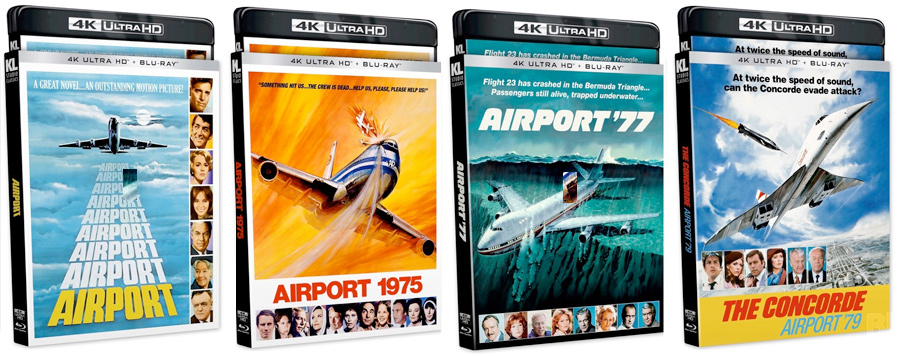
Kino Lorber
I was 25 years old before I first flew on an airplane. That was in 1984, and I had won a first-class trip for two to Colonial Williamsburg in Virginia. I went with my dad, age 64, who had also never flown before. After that, he joined a seniors travel club and flew all over the place. As for me, I flew to Chicago in 1987, to California in 1988, to Oklahoma in 1993, and to Washington D.C. in 2000. And that was it for me. You see, I have an acute sense of balance, which causes me to get motion sick even just turning around too fast. The slightest unexpected movement can throw me off. I had to get stoned on Dramamine to fly at all!
Ah, but I had always been intrigued by airplanes and flight! One of my favorite Christmas gifts in the late ‘60s was a large toy airliner that lit up and made jet engine sounds. I can’t recall if that was before or after the first time I saw Airport!
When Airport opened in 1970, I saw it at Covington, Kentucky’s Madison theater…TWICE! I was 11 years old and I loved it! I’ve seen it—or parts of it—probably a dozen times since then. Unlike its three official follow-up movies, Airport, based on a novel by Arthur Hailey, is actually an old-fashioned all-star movie soap opera that just happens to have a scene of a disaster in its last half hour. Also unlike the other three, the first one has more scenes actually set in the title airport than on a plane.
Many critics at the time weren’t at all kind to the picture, but I’m not sure why. The many recognizable faces alone make it a fun watch, and the legendary composer Alfred Newman’s score (his last, I read) keeps things bouncing along at a fast pace, so even though the film is nearly two and a half hours long, it doesn’t feel like it.
The first thing one notices about Airport, though, is its widescreen presentation. We, of course, are all used to widescreen these days. It’s expected, it’s standard, but it’s generally also nothing special. Ah, but here Airport makes amazing use of the widescreen technology, then still relatively new, by offering sweeping vistas, multi-screen scenes, screens within screens, and snow. Lots and lots of snow! One can almost feel the cold!
Burt Lancaster toplines the big-name cast. He had been in the business for a couple of decades by that point and was still getting starring roles. As the head of the fictional airport, he’s having to deal with locals protesting noise pollution, a massive plane stuck in the snow and blocking a major runway, a little old lady who is a perpetual stowaway, his annoying pilot brother-in-law, a suicide bomber on his way to Rome, his own suppressed attraction to a co-worker, and his nagging wife finally filing for divorce after their oldest daughter leaves home. And this is all in one night!
Oddly enough, he’s not the hero of the picture. In fact, as this is a true ensemble cast, there really is no one hero. Certainly George Kennedy, as super mechanic Joe Patroni, comes closest, coming through with one of the most satisfying scenes in the history of movies toward the end. Patroni became the only continuing character through all four films, despite the fact that he’s in a different job in each film and even has a different wife! (Marie here and Helen in the next movie, played by two different actresses).
Jean Seberg, a fascinating and somewhat controversial blonde American actress known more for her overseas roles, plays a strong, confident management officer of Trans Global Airlines, the fictional company whose planes we’re dealing with.
The great Helen Hayes, “First Lady of American Theater,” is both the comedy relief (as the stowaway) and a pivotal plot point. Van Heflin and Maureen Stapleton are excellent as an ill-fated couple. Other actors who make an impact here, even in small roles, include Lloyd Nolan, John Findlater, Barbara Hale, Dana Wynter, Jacqueline Bisset, Barry Nelson, and Gary Collins.
In even smaller roles, we have the likes of Whit Bissell, Virginia Grey, Lou Wagner. Unbilled, with no lines, we get Gordon Jump, Benny Rubin, Fred Holliday, and Marion Ross, among several other familiar faces.
To me, though, the actor who really makes the picture is Dean Martin. Dino plays one of the disaster plane’s two pilots and, in my longtime opinion, it’s his best straight acting. There’s no trace of the tipsy variety host, no trace of the laid-back crooner, no trace of Jerry Lewis’s old straight man and fellow comedian. No, here, he plays it completely real, warts and all. His emotions come across as real, his actions, his anger, his words, his movements, all seem like they would fit the character he plays. To be fair, the sheer size of the cast precludes any major character development, leaving everyone to some extent as little more than “types.”
The other thing one realizes as the film comes to an end is that much more of the picture is set actually AT the airport, rather than on any planes. Having worked at an airport myself for three years, I can tell you that, as in the film, there’s rarely any down time. People are always moving, something’s always happening or about to happen. In fact, the film’s “disaster” could be said to be Lancaster’s character’s long and somewhat nightmarish, day.
Veterans George Seaton, who also adapted Arthur Hailey’s novel, and an uncredited Henry Hathaway (who shot a lot of the outdoor snow scenes) handled the film’s direction, and both did an excellent job, leading to 10 Oscar nominations, despite critical complaints.
So after the success of Airport and then 20th Century Fox’s 1972 The Poseidon Adventure, which was the real beginning of the disaster film craze that ran for the rest of the decade, Universal decided to revisit the airport and come up with their own new disaster flick. Unlike the original, Airport 1975 doesn’t feel like a real movie, more a sort of TV exploitation flick with a bigger budget.
Even then, most of the budget must have gone to paying for the star-studded cast because outside of the impressive flying scenes, the rest of the film looks kind of cheap at times. The fake blood in several scenes is both the wrong color and the wrong consistency to be blood and there are a couple of obvious rear projection shots. Some dust on the lens in one late flying scene looks like a UFO.
But that cast! There are at least 30 familiar-to-me names in the IMDB cast list, including an uncredited Bob Hastings, whom I knew personally! Charlton Heston, Karen Black, George Kennedy, Nancy Olson, Myrna Loy, Sid Caesar, Susan Clark, Linda Blair, Larry Storch, Dana Andrews, Efrem Zimbalist, Jr., and silent film legend Gloria Swanson, as herself!
Swanson and Nancy Olson (the latter still alive as of this writing!) both appeared in Sunset Boulevard. They have no scenes together here. All of Gloria’s scenes are with her secretary, played by the wonderfully named Augusta Summerland, who is really Linda Harrison, who, of course, co-starred with Heston in the first two Planet of the Apes films. They have no scenes together here, either.
Most of the many actors actually have very little to do. The picture cuts to them from time to time for a line or two but then, nothing. Linda Blair, for example, fresh off her Oscar-nomination for The Exorcist, is on her way to a kidney transplant and lying down for the entire picture, sleeping or just smiling pretty. (We never even find out if she makes it in time.) Singer Helen Reddy plays a nun who sings a song to Linda (a scene viciously parodied in Airplane!) but does little else.
Lesser-known character actor Alan Fudge, very good here as a calm air traffic controller, has more to do than some of the more recognizable performers.
Karen Black is the real star of this picture, though, playing the stewardess who ends up having to fly the jet after a collision with a smaller plane takes out the flight crew and leaves a giant hole in the cockpit. With her trademark slightly cross-eyed look, Karen Black was never a great actress but she was, if only for a short period in the seventies, a major movie star. This film is arguably a peak in her career.
Heston had already been a heroic pilot a couple of years before in a movie entitled Skyjacked. During this period, he tended to come across as the super-macho hero in most films he was in. With little to no characterization here, he does it again.
Kennedy is ostensibly playing the same character he played in Airport, Joe Patroni, mechanic extraordinaire for Trans-Global Airlines. Here, though, he’s a newly appointed executive for Columbia Airlines, and his wife and son are on the imperiled flight.
Unlike the first one, and belying its own title, we see very little of any actual airport here after the beginning of the picture. What we do see is pretty accurate, as the passengers arrive and prepare to board the flight. We see the stewardesses (and they were still called that, then) prepping everything as the chattery passengers are seated and the veteran crew comes aboard. As the flight takes off, we cut to Dana Andrews, about to take off in his own small plane in a storm. As his flight continues, the stress of flying in the weather causes him a heart attack and he slams dead on into the gigantic jet airliner in a harrowing scene.
From that point, the tension builds like stairsteps, eventually climbing to an over-the-top, almost comic-booky solution to save the passengers. You knew Chuck wouldn’t fail, right?
It’s fun watching the plane in flight, especially over the beautiful snow-capped mountain ranges. In those pre-AI or CGI days, there were real airliners and helicopters used for the exterior shots in this picture.
Although often parodied, Airport 1975 was, and still is, immensely entertaining if one doesn’t expect too much. The same cannot really be said of the next installment in this loosely tied series.
By 1977, the disaster film craze was in full swing. Producer Jennings Lang was involved with not just the three Airport sequels but also the competition’s flicks, like Earthquake and Rollercoaster (two of the films with the Sensurround™ gimmick, which made the theater seats shake!
Airport ‘77 was more Poseidon Adventure than Airport, as the airplane—a prototype luxury jet airliner belonging to Jimmy Stewart—is actually underwater for the better part of the picture. Oh, and not just under any water, it’s in the Bermuda Triangle, aka the Devil’s Triangle, that area of the ocean where many types of ships had been rumored to have disappeared mysteriously over the centuries. That was in the news a lot in the mid-70s, too.
Let’s go ahead and get the all-star cast out of the way. By this point—sad to say—it’s become more a cliché than a selling point. Besides Stewart, we have Jack Lemmon (in his dramatic phase) as the pilot, Joseph Cotton, Darrin McGavin, Christopher Lee, Brenda Vaccaro, Lee Grant, Olivia de Haviland, Robert Hooks, Robert Foxworth, and the usual gaggle of lesser but recognizable lights. Oh, and yes, George Kennedy back as Patroni. Briefly. VERY briefly this time.
Incredibly, this one has no scenes at all set in an airport. It seems millionaire Stewart’s fancy new private aircraft is being loaded with legendary paintings and other objets-de-art to be flown, along with his rich friends, to his luxurious home, which he is turning into a museum.
Unfortunately, the crooked co-pilot (Foxworth) and others he has staged on-board the flight, have a plan to steal the super plane with all its riches. Even more unfortunately, having gassed the passengers and legit crew, the bad guys then crash the plane into the ocean and we’re in Poseidon Adventure 3 territory, with the airplane on the ocean floor from that point on.
The presence of so many small screen actors—Monte Markham, Arlene Golonka, Tom Sullivan, Gil Gerard, etc.—gives this one, which proclaims to be the biggest one yet, even more of a TV movie feel than any of the others. In fact, it actually became a TV movie in a way when the network airing added over an hour of footage—both outtakes and newly shot scenes—to pad it out for a two-night showing.
As always, it’s fun to see some of these folks, but overall, Airport ’77 is my least favorite of the four Airport movies. Even its supposed exciting parts feel dull. Logically, with diminishing returns, they probably would’ve stopped here but there was a “novelty” plane waiting in the wings…no pun intended…which necessitated one more Airport flick.
The Supersonic Transport (SST), popularly known as the Concorde, was rolled out in 1976. It was the bird-beaked French airplane hyped as being able to travel faster and safer than any other commercial jet. Twice the speed of sound. Producer Jennings Lang knew all the publicity it was getting could transfer to a motion picture, so he took it upon himself to write one, The Concorde, Airport ’79.
French actor Alain Delon, arguably the most popular male star in the world at that time, was tapped to pilot the new plane on film, this time with George Kennedy’s Patroni—now given an entirely different background and a dead wife—as his co-pilot. Other than his natural charisma, everything that made Delon so cool in European films is missing from his lackluster character and performance here.
The term “all-star cast” doesn’t really apply to this one as it seems more like a Love Boat or Fantasy Island cast list: Susan Blakely, Cicely Tyson, Robert Wagner, Eddie Albert, John Davidson, Avery Schreiber, Jimmie “JJ” Walker, and even Charo! Martha Raye and Mercedes McCambridge are the requisite older female stars.
I’d guess most of the picture’s budget went toward getting Delon for his name value at the international box office. To go along with the international feel, we also get Sybil Danning, Andrea Marcovicci, Bibi Andersson, and soft porn superstar Sylvia Kristel.
As usual, none of them get that much to do. Wagner isn’t even on the plane. He’s a baddie who tries to manipulate missile tests to destroy the plane where his ex-girlfriend reporter is carrying files that can destroy his underground arms dealing business.
The fighter and missile special effects looked pretty fake on the big screen back then and they look even worse on any kind of video, particularly modern day super sharp blu-rays. Gotta admit the Concorde itself still looks incredibly stylish, though! The real one used in the movie went on to sadly be the one that crashed, killing so many people that the SSTs went away for many years and never did become the “next big thing” so widely predicted.
Again, despite the title, The Concorde, Airport ’79, had next to nothing to do with an airport. It’s mainly Delon and Kennedy trying to evade fighter planes and missiles by flying upside down or sideways, while the passengers get tossed around in the cabin. That’s the first half. There’s a long middle section where no one’s even on a plane, then everyone reboards to fly to the ill-fated Russian Olympics while Wagner, like a low-rent Bond villain, still tries to crash the plane remotely.
It would be interesting to see a movie today actually set in a post 9-11 airport but it seems unlikely. Less than a year after this fourth official Airport film came Airplane! the super-silly send-up of all air travel-related motion pictures up to that point. Airplane II: The Sequel followed, skewering what little credibility these potboiler disaster films had left.
Bottom Line:
- Airport *****
- Airport 1975 ***
- Airport ’77 **
- The Concorde, Airport ’79 **

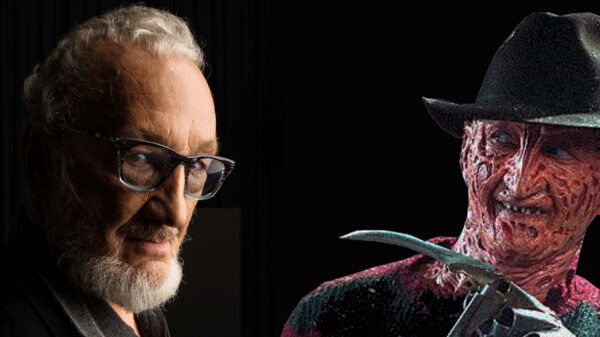






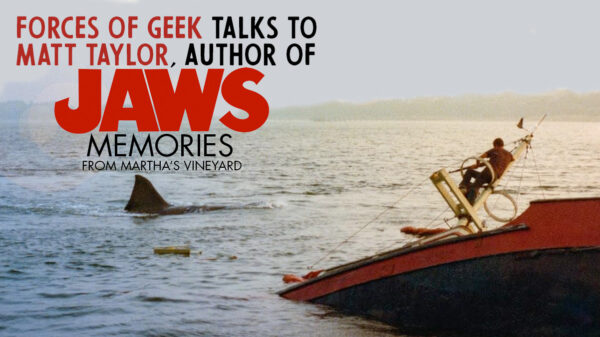
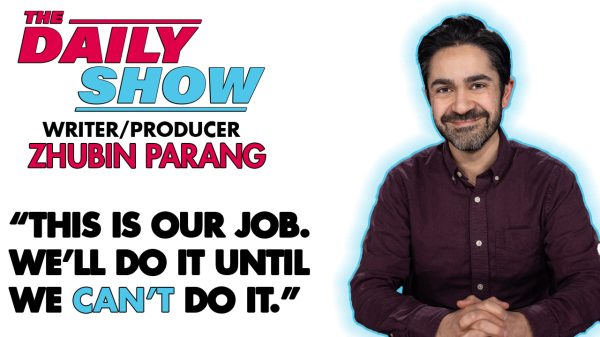
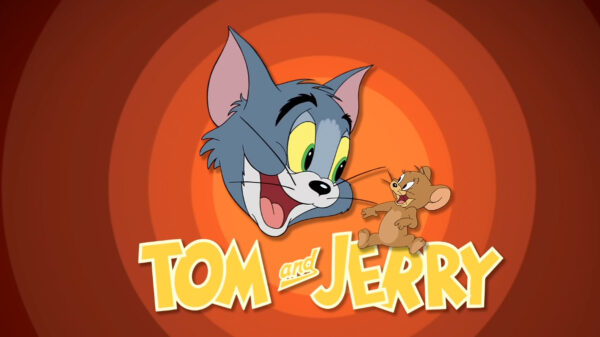
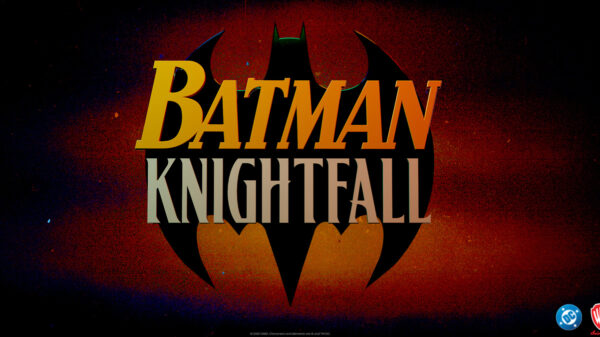
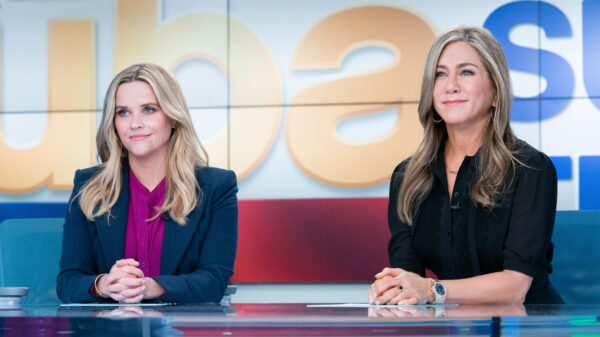

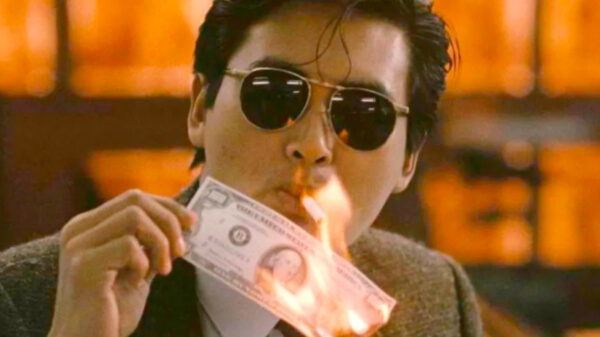



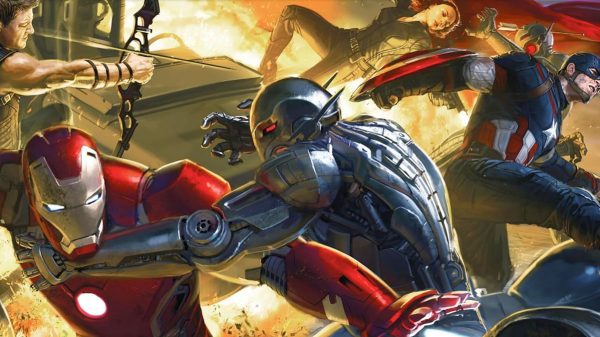

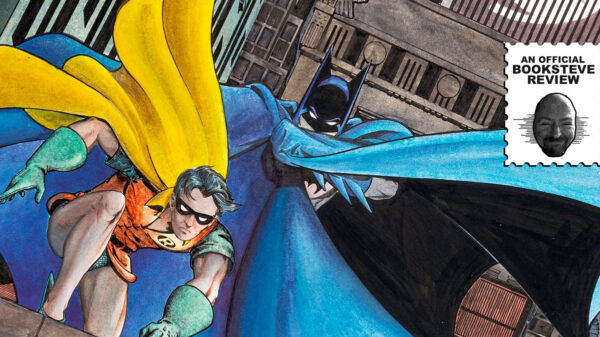
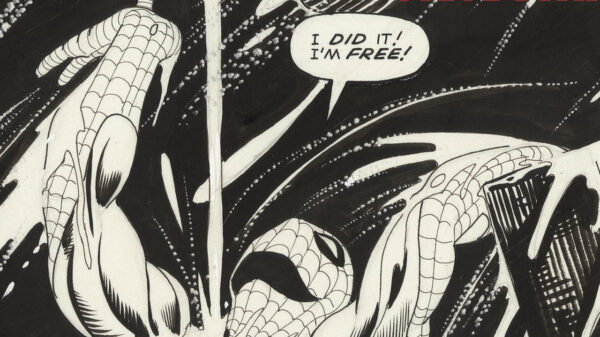
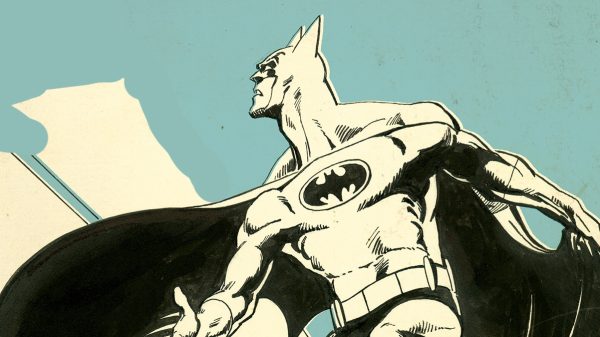


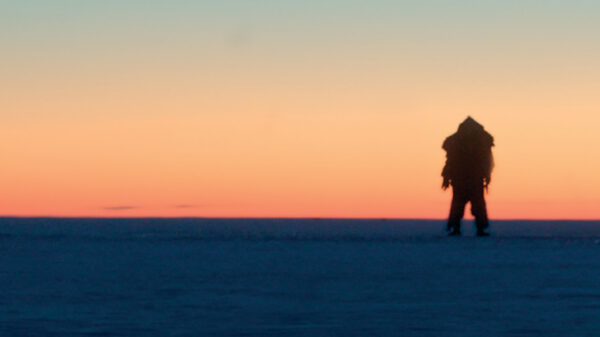
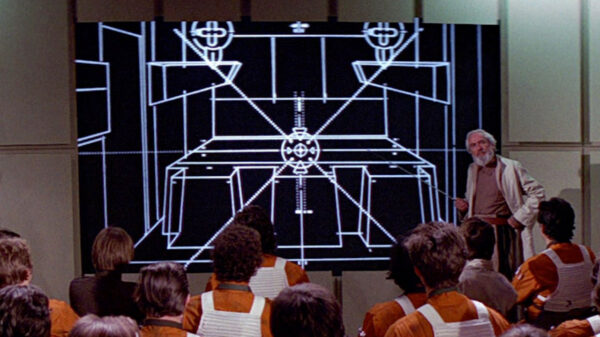

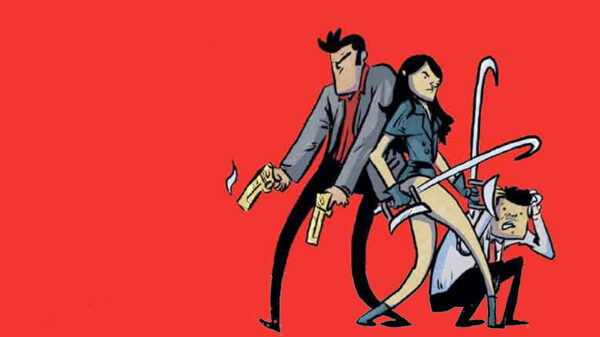
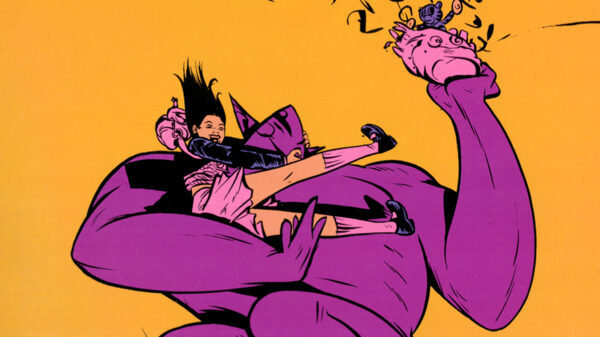






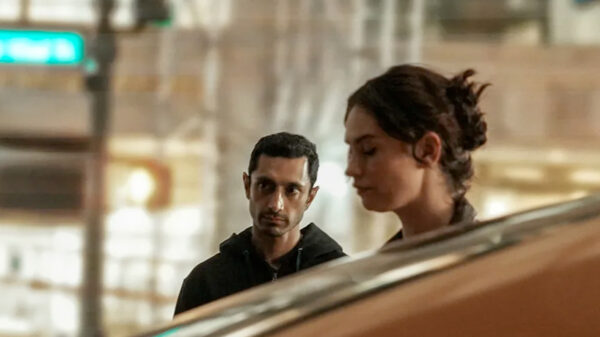
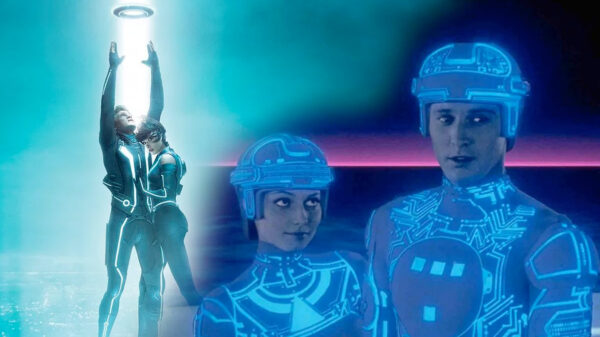
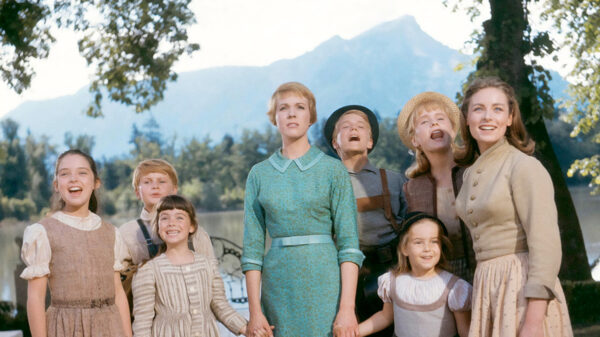
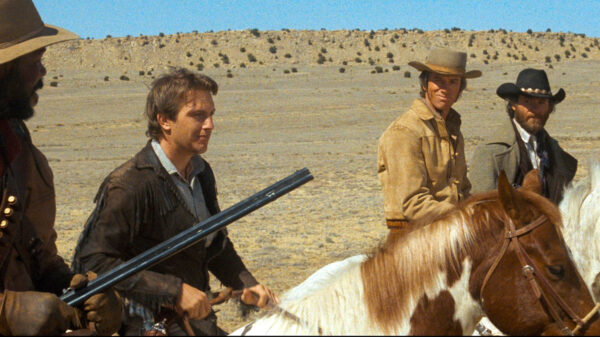
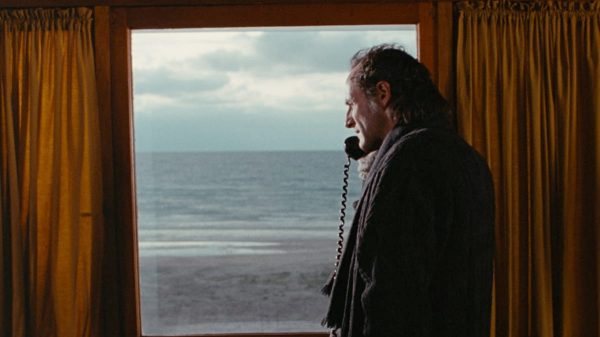
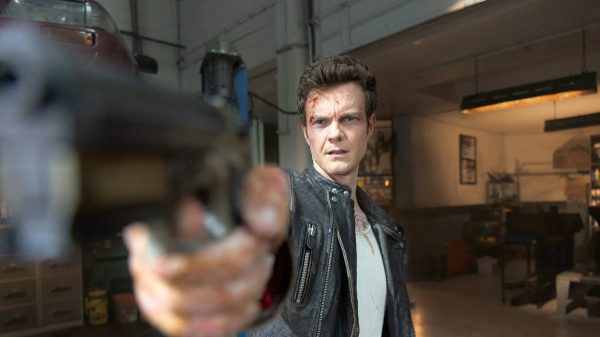
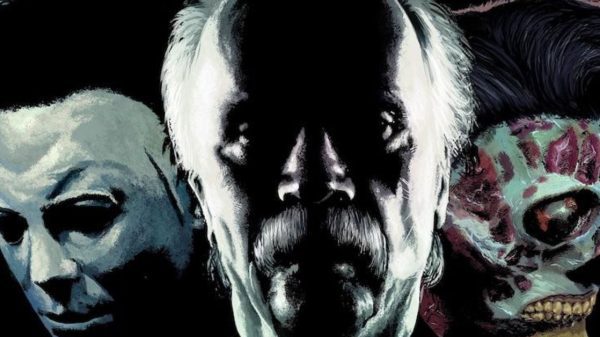
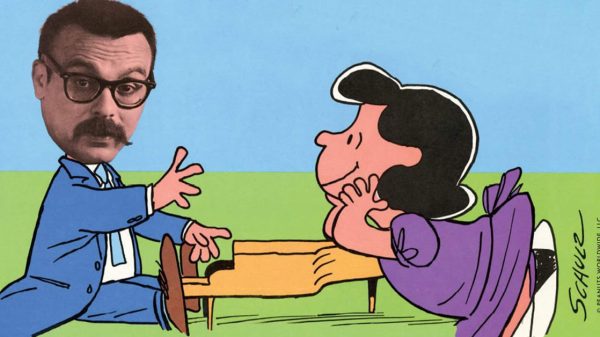
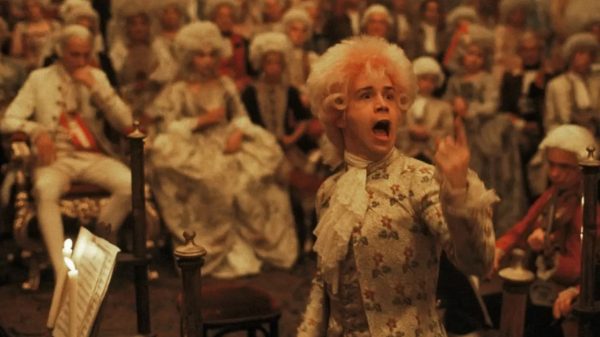








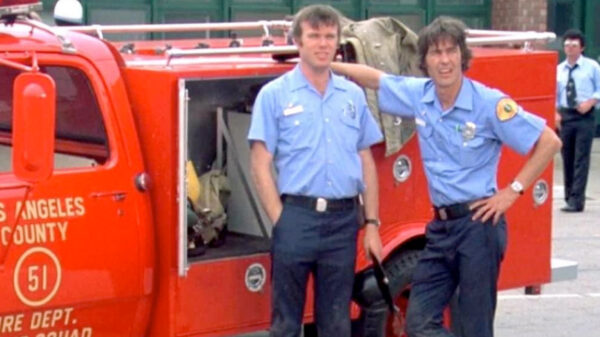
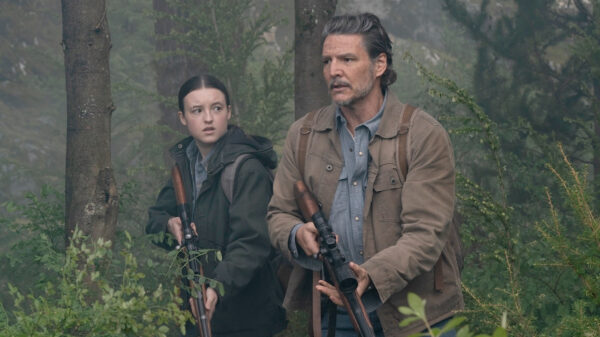
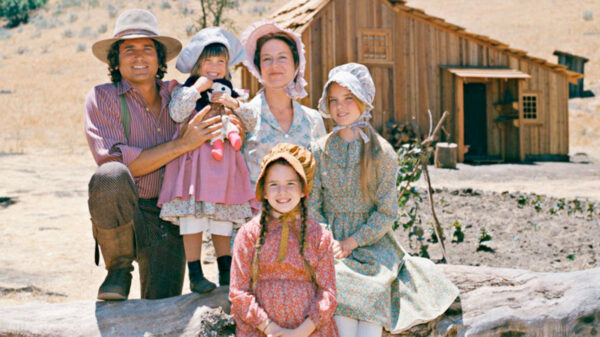
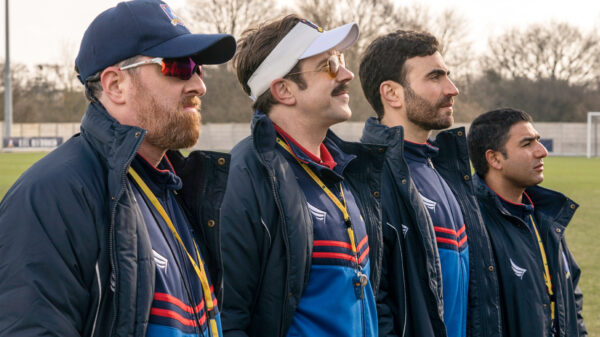
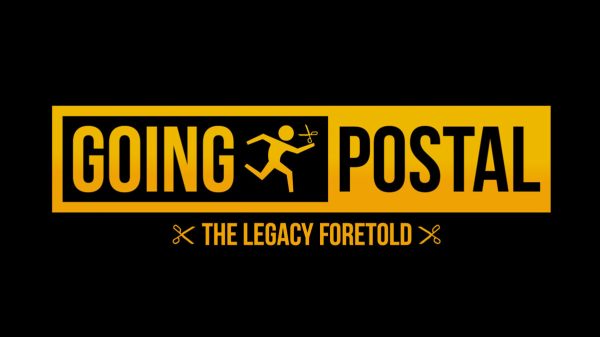

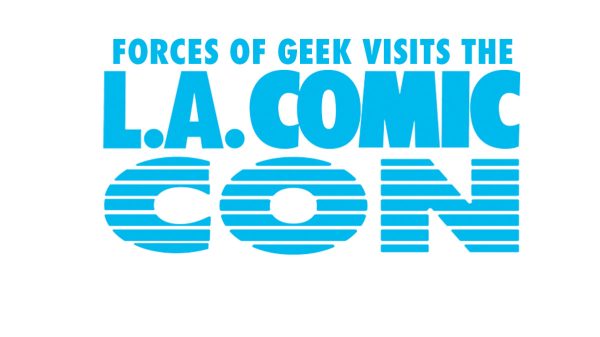
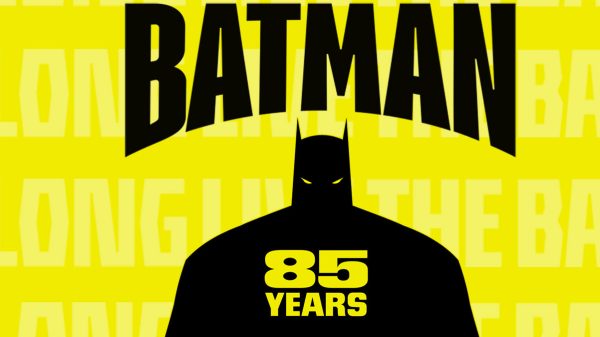
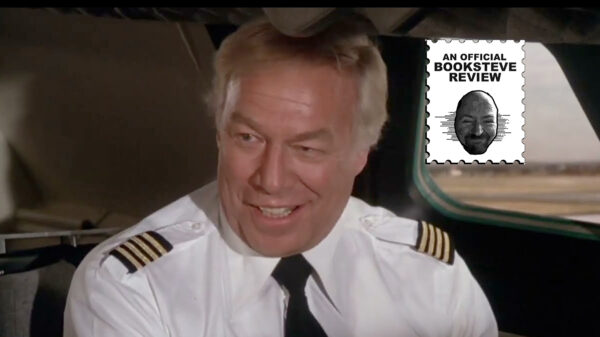


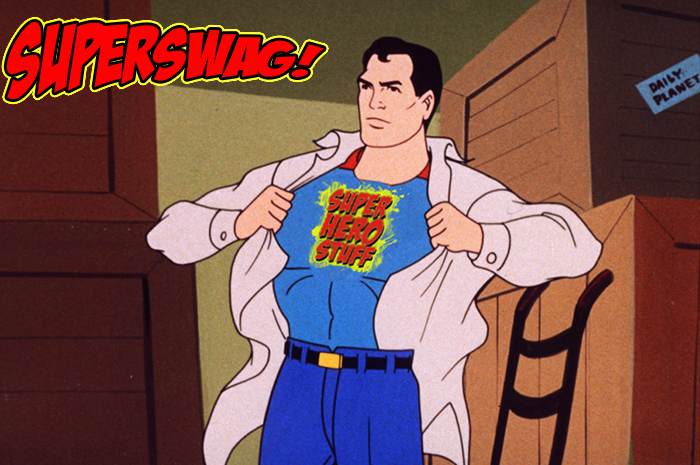

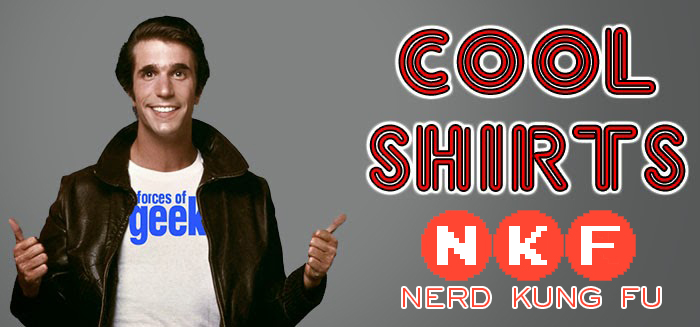
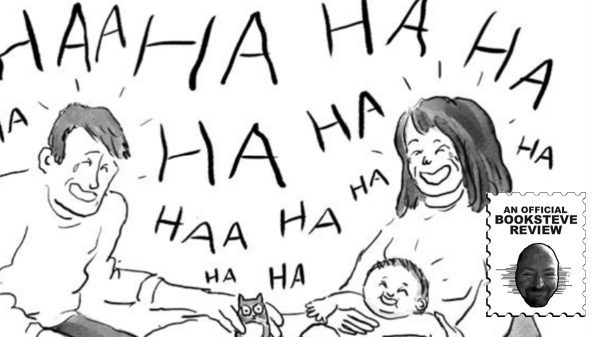








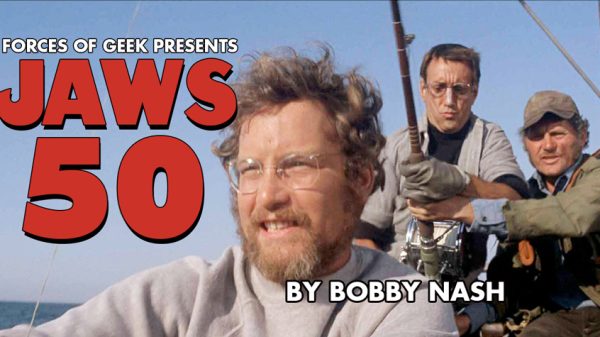









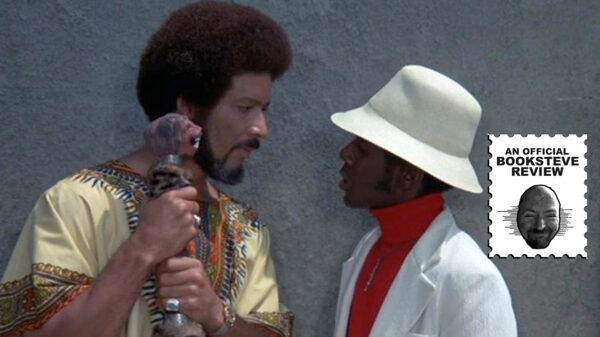
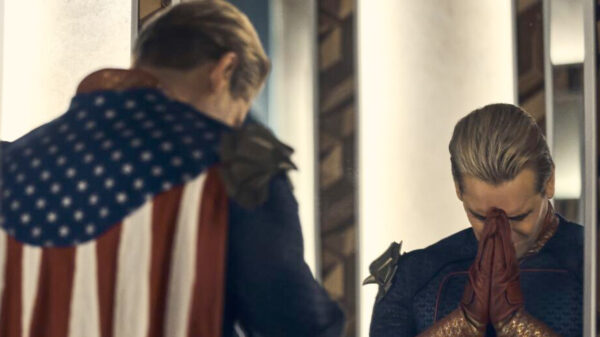
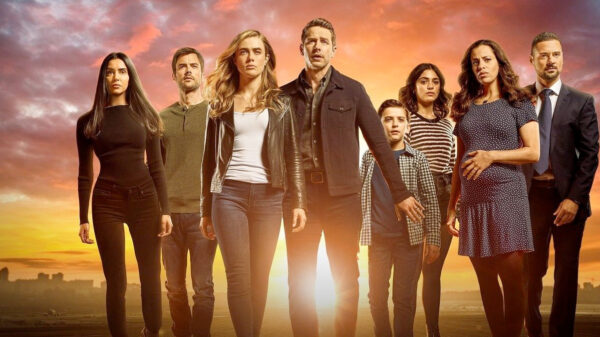




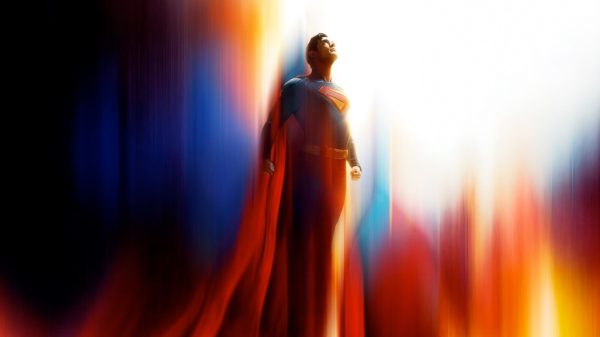
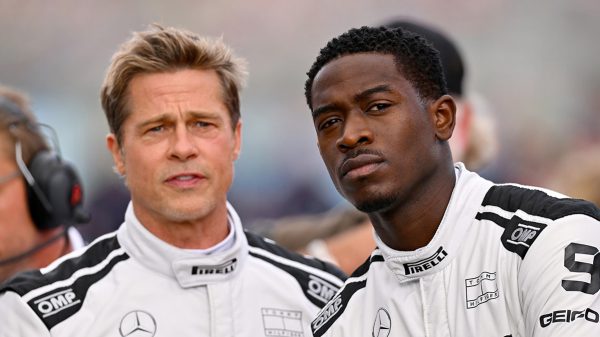



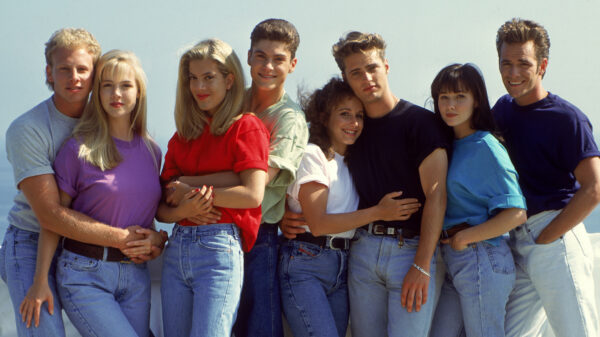
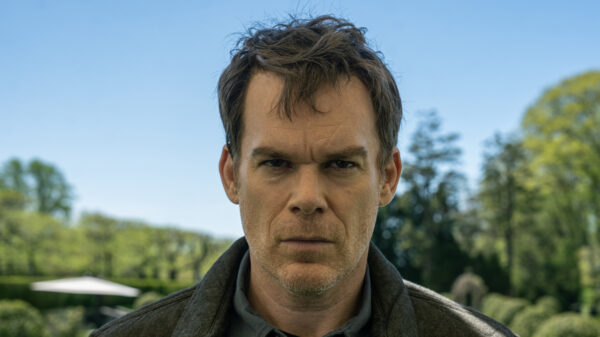
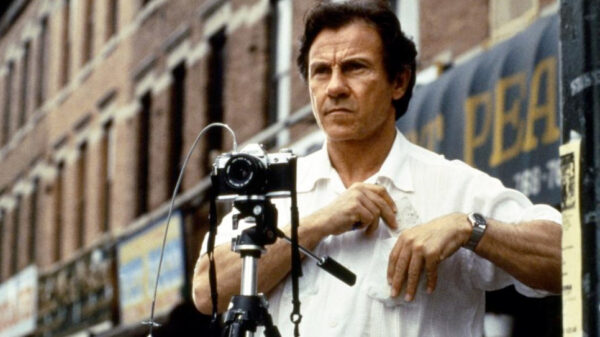
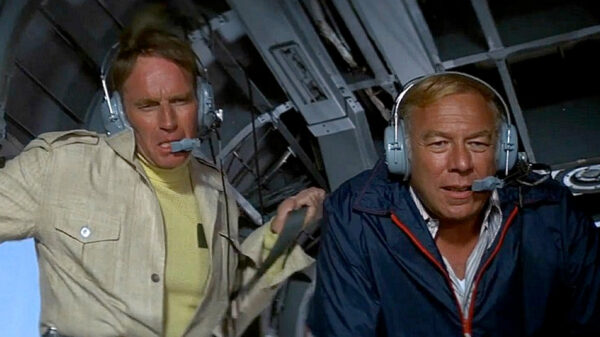
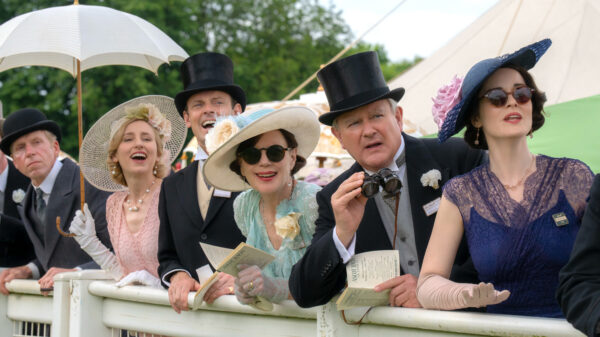
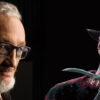
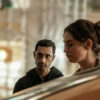
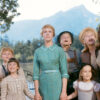
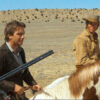
You must be logged in to post a comment Login